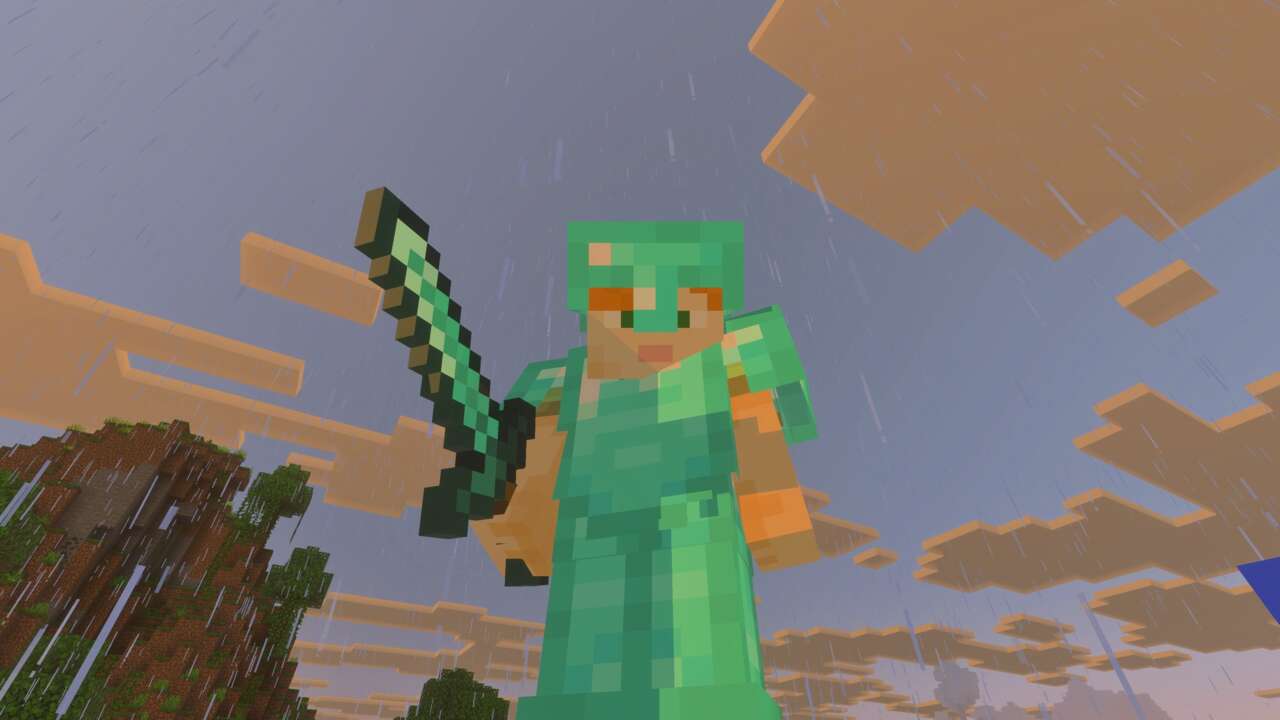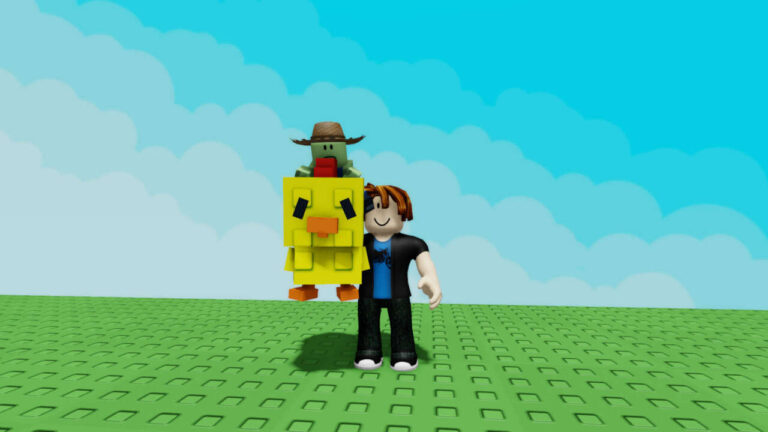
Armor is a key component to your survival in Minecraft, and there are various types you can craft. There are several material types and Minecraft armor pieces you can craft to survive against all the deadly mobs and bosses. In this guide, we’ll discuss each armor type as well as how you can craft, upgrade, and repair them.
All armor types in Minecraft
Minecraft’s armor sets consist of four separate pieces of gear:
- Helmet
- Chestplate
- Leggings
- Boots
These can be crafted for one of the following armor sets, which are listed from weakest to strongest:
- Leather
- Gold
- Chainmail
- Iron
- Diamond
- Netherite
Leather will be the quickest set you can craft at a low level, but as you progress through the game, you’ll want tougher armor to survive against greater enemies.
Gold armor doesn’t offer very much durability, so this is a set you want to skip unless you’re just wanting to look fancy. Iron armor is a good middle point, but eventually you’ll want a set of diamond armor. Make sure to check out our guide on Minecraft diamonds for tips on how to easily find enough for crafting your armor.
It’s also worth noting, Chainmail is an armor set that can’t be crafted. Chainmail can only be obtained through mob drops, chest loot, and trading. It’s recommended to use the Looting III enchantment on your sword or other tool to increase your chances of these drops.
The Netherite armor set is actually an upgrade to the diamond armor, so you can’t actually craft a set of this type. Instead, you’ll need to complete a more complicated process, which we guide you through below.

How to craft armor pieces
You can place leather, gold, iron, or diamond materials in the crafting grid to create sets made of those four material types. No matter the type, each set piece will need a specific amount of materials.
To craft a helmet, you’ll need five of the same material. For the chestplate, you’ll need eight of the same material. The leggings require seven of the same type, and the boots require four.
Netherite armor upgrade
The Netherite set requires a few steps before you can upgrade, but this is the best armor in Minecraft and a recommended option if you’re planning on fighting the boss-like Warden mobs or taking down the Ender Dragon.
Upgrading to a suit of Netherite armor takes Netherite Ingots and smithing templates to upgrade. First, we’ll start with the ingots.
How to get Netherite


Netherite is a material found by mining Ancient Debris found in the Nether. Ancient Debris can be found between levels Y-8 and 24, but level 15 is one of the most abundant for this block type. These blocks can only be mined with a diamond pickaxe, so make sure you have one equipped. The blocks look like brown versions of cobblestone and an example can be seen in the image above. They won’t just be visible from the surface of the nether, you’ll need to mine blocks away to reveal them.
How to make Netherite Ingots
Ancient Debris can be smelted in a furnace to make Netherite Scrap. These scraps can then be crafted into Netherite Ingots. One block of Ancient Debris makes a single Netherite Scrap, and you need four scraps and four gold ingots to make one Netherite Ingot. Four ingots are needed to upgrade a full set of diamond armor to Netherite, and this math means you need 16 ingots total.
How to get a Netherite Upgrade Smithing Template
In addition to the Netherite Ingots, you’ll also need to head into the Nether in search of a Netherite Upgrade Smithing Template item. These are found by looting a Bastion, which are the castle-like structures with Piglins. These are mostly random finds in the chest, but the Treasure Room variant of the Bastions has a guaranteed template spawn. Head all the way down into the bottom of this bastion and loot the chest found in the gold room. This is a guaranteed spawn for the Netherite Upgrade Smithing Template.
You need one template for each armor piece in the set. It’s tedious to search for four of these in the Nether, but you can duplicate them at a crafting table. You’ll need to place the Netherite Upgrade Smithing Template, a block of Netherrack, and seven diamonds into the crafting grid in order to duplicate the item. Repeat this process until you have at least four, and you might want to duplicate a fifth time so you have one saved for a future upgrade.


How to upgrade to Netherite armor
Once you have your templates, ingots, and diamond armor pieces, you can then head to a smithing table to upgrade your armor set.
How to repair armor
Anvil method
It can be a lot of work to craft armor sets, and you’ll want to maintain your set pieces after you’ve battled against mobs. Damaged armor can best be repaired by using an anvil. The anvil can be used in two different ways, and while both of these methods cost XP, the anvil will preserve any enchantments on your armor.


One way is to add two items of the exact same type into the anvil. An example would be to place a diamond helmet with the lowest durability into the first slot and an additional diamond helmet into the second slot.
The second way requires you to cover the cost of repair with a material. Add the item you want to repair into the first slot, and then add the corresponding material into the second slot. So, for repairing a diamond helmet this way, you’ll need diamonds to pay the material cost.
Combining method
You can technically repair armor pieces by combining them with another armor piece of the exact same type. Example: An iron helmet is needed to combine with another iron helmet.
This method isn’t recommended if you have enchantments on your armor because the process of combining it will remove the existing enchantments. However, this can be the cheaper alternative if you don’t have any enchantments to preserve and you have extra armor pieces you’re looking to reduce in your inventory.
How to customize armor
If you care about how you look in battle, the smithing table also lets you add a colorful flair to your set with armor trim. You can find all the colors and details for this in our complete smithing guide.
Make sure to check out our Minecraft guides hub for more help, including additional crafting guides, farming tips, and design suggestions.









